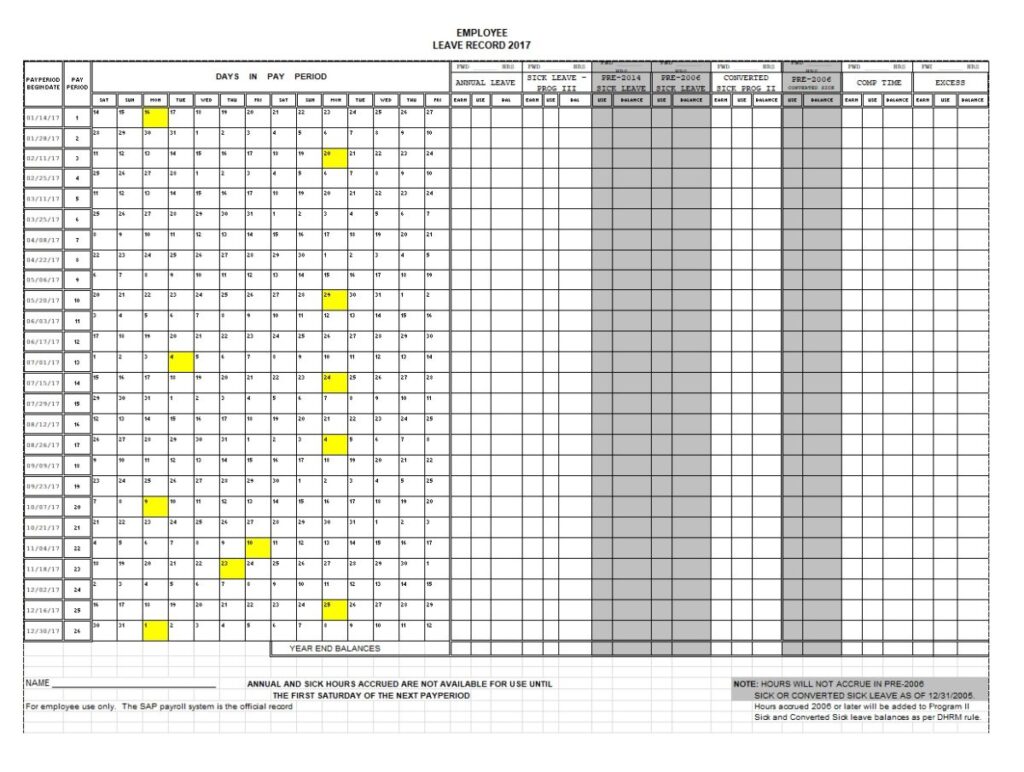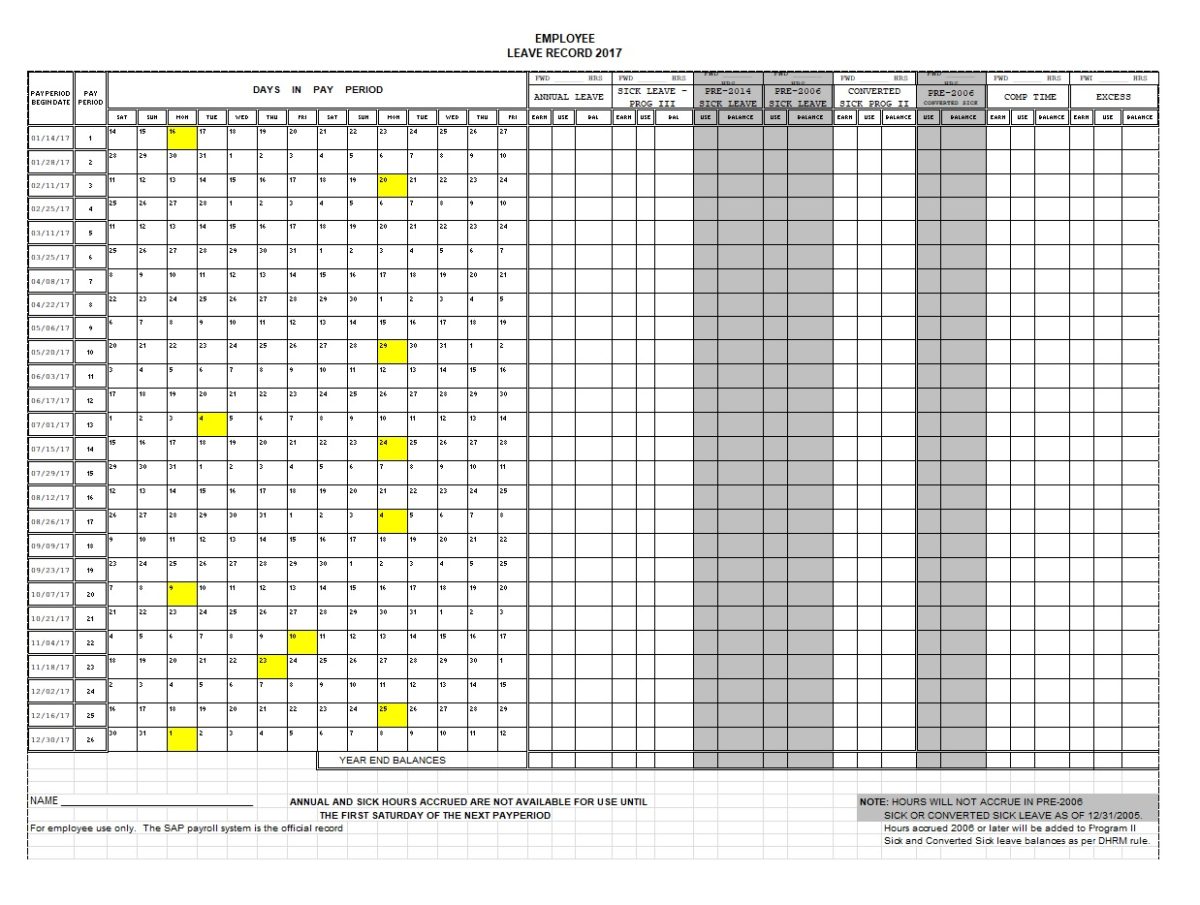
Mastering Time Off: Your Guide to Selling Leave Days with a Calculator
In today’s dynamic work environment, understanding and managing employee time off is crucial for both employers and employees. One increasingly popular option is the ability to sell accrued leave days back to the company. This practice offers employees financial flexibility and provides employers with a tool for managing liabilities associated with unused vacation time. A selling leave days calculator plays a vital role in this process, ensuring transparency and accuracy in these transactions. This article provides a comprehensive guide to selling leave days, the importance of using a calculator, and best practices for implementation.
Understanding the Concept of Selling Leave Days
Selling leave days, also known as vacation buy-back programs, allows employees to exchange their unused vacation or sick days for cash. This arrangement can be beneficial for employees needing extra income or for companies looking to reduce the financial burden of accrued time off. The concept is simple: an employee agrees to forgo a certain number of leave days in exchange for compensation, usually at their regular hourly rate.
The popularity of selling leave days has grown in recent years, driven by factors such as economic uncertainty and the increasing value employees place on financial flexibility. For employers, it can be a strategic tool for managing balance sheets and improving employee morale.
The Importance of a Selling Leave Days Calculator
A selling leave days calculator is an essential tool for both employees and employers when engaging in vacation buy-back programs. It provides a clear and accurate calculation of the financial implications of selling leave days, ensuring that both parties are fully informed before making a decision. Without a reliable calculator, there is a risk of miscalculation, misunderstanding, and potential disputes.
Ensuring Accuracy and Transparency
The primary benefit of using a selling leave days calculator is accuracy. These calculators take into account various factors, such as the employee’s hourly rate, the number of leave days being sold, and any applicable taxes or deductions. By automating the calculation process, the risk of human error is significantly reduced, leading to more accurate and transparent transactions.
Transparency is also enhanced as the calculator provides a detailed breakdown of the calculation, showing exactly how the final amount was determined. This helps employees understand the financial impact of selling their leave days and ensures that employers are adhering to fair and consistent practices.
Compliance with Legal and Regulatory Requirements
In many jurisdictions, there are specific legal and regulatory requirements governing the sale of leave days. A selling leave days calculator can help ensure compliance with these requirements by accurately calculating the amount due to the employee and accounting for any mandatory deductions or taxes. This reduces the risk of legal challenges and ensures that the company is operating within the bounds of the law.
Facilitating Informed Decision-Making
Selling leave days is a significant financial decision for employees. A selling leave days calculator empowers employees to make informed choices by providing them with a clear understanding of the financial consequences. They can use the calculator to evaluate different scenarios, such as selling varying numbers of leave days, and determine the option that best meets their needs. This promotes employee satisfaction and trust in the company’s policies.
Key Features of an Effective Selling Leave Days Calculator
Not all selling leave days calculators are created equal. To be effective, a calculator should possess certain key features that ensure accuracy, transparency, and ease of use. These features include:
- User-Friendly Interface: The calculator should be easy to navigate and understand, even for users with limited financial knowledge.
- Customizable Inputs: The calculator should allow users to input relevant data, such as hourly rate, number of leave days, and applicable tax rates.
- Detailed Breakdown: The calculator should provide a detailed breakdown of the calculation, showing each step involved in determining the final amount.
- Tax and Deduction Considerations: The calculator should accurately account for all applicable taxes and deductions, ensuring compliance with legal requirements.
- Mobile Compatibility: The calculator should be accessible on various devices, including smartphones and tablets, for convenience and accessibility.
How to Use a Selling Leave Days Calculator
Using a selling leave days calculator is typically a straightforward process. Here’s a step-by-step guide:
- Gather Required Information: Collect the necessary information, including your hourly rate, the number of leave days you want to sell, and any applicable tax rates or deductions.
- Enter Data into the Calculator: Input the data into the corresponding fields on the calculator interface.
- Review the Calculation: Carefully review the calculation to ensure that all inputs are accurate and that the results are consistent with your expectations.
- Make an Informed Decision: Use the information provided by the calculator to make an informed decision about whether or not to sell your leave days.
Benefits of Selling Leave Days
Selling leave days can offer several benefits to both employees and employers. These benefits include:
For Employees
- Financial Flexibility: Selling leave days provides employees with extra income, which can be used to cover unexpected expenses or to achieve financial goals.
- Reduced Burnout: Employees who are unable to take all of their accrued vacation time may experience burnout. Selling leave days allows them to monetize their unused time off, providing a financial incentive to work more efficiently and manage their time effectively.
- Improved Morale: The option to sell leave days can boost employee morale by providing them with a sense of control over their compensation and work-life balance.
For Employers
- Reduced Liabilities: Accrued vacation time represents a significant liability on a company’s balance sheet. Selling leave days allows employers to reduce this liability by paying employees for their unused time off.
- Improved Cash Flow: By managing accrued vacation time more effectively, employers can improve their cash flow and reduce the risk of large payouts at the end of the year.
- Increased Productivity: Employees who are financially motivated to sell their leave days may be more productive and engaged in their work.
Potential Drawbacks and Considerations
While selling leave days can be beneficial, it’s important to consider the potential drawbacks and challenges associated with this practice. These include:
- Impact on Employee Well-being: Encouraging employees to sell their leave days could lead to reduced vacation time and increased burnout, negatively impacting their well-being and productivity in the long run.
- Administrative Complexity: Implementing and managing a vacation buy-back program can be administratively complex, requiring careful planning and communication.
- Potential for Abuse: There is a risk that employees may abuse the system by intentionally accumulating leave days for the purpose of selling them back to the company.
Best Practices for Implementing a Selling Leave Days Program
To maximize the benefits of a vacation buy-back program and minimize the potential drawbacks, it’s important to follow best practices for implementation. These include:
- Clearly Defined Policies: Develop clear and comprehensive policies outlining the eligibility criteria, procedures, and limitations of the program.
- Effective Communication: Communicate the program details to employees in a clear and transparent manner, ensuring that they understand the benefits and risks involved.
- Regular Monitoring: Monitor the program’s performance and make adjustments as needed to ensure that it is achieving its intended objectives.
- Employee Education: Educate employees about the importance of taking vacation time and the potential risks of selling too many leave days.
Legal and Regulatory Considerations
The legality of selling leave days varies by jurisdiction. Some states or countries have laws that specifically address vacation buy-back programs, while others do not. It’s important to consult with legal counsel to ensure that your program complies with all applicable laws and regulations.
Additionally, employers should be aware of potential tax implications associated with selling leave days. The compensation paid to employees for their unused time off is typically subject to income tax and other payroll taxes.
The Future of Selling Leave Days
The trend of selling leave days is likely to continue in the future, driven by the increasing demand for financial flexibility and the growing recognition of the importance of managing accrued vacation time. As more companies adopt vacation buy-back programs, it’s important to stay informed about best practices and legal requirements. [See also: Employee Time Off Management Software]
Technology will also play a key role in the future of selling leave days. Advanced selling leave days calculators and time-off management systems will streamline the process and ensure accuracy and transparency. [See also: Payroll Software Integration]
Conclusion
Selling leave days can be a valuable tool for both employees and employers, providing financial flexibility and helping to manage accrued vacation time. A selling leave days calculator is essential for ensuring accuracy, transparency, and compliance with legal requirements. By following best practices for implementation and staying informed about the latest trends, companies can maximize the benefits of vacation buy-back programs and create a win-win situation for everyone involved.
A selling leave days calculator is a tool used to determine the financial value of an employee’s accrued leave days when they choose to sell them back to the company. It takes into account factors such as the employee’s hourly rate, the number of days being sold, and any applicable taxes or deductions.
From an employee perspective, selling leave days can provide a much-needed financial boost. However, it’s crucial to weigh the benefits against the potential impact on their well-being and ability to recharge. Using a calculator helps employees make informed decisions.
Effective calculators for selling leave days should be user-friendly, customizable, and provide a detailed breakdown of the calculation. They must also accurately account for all applicable taxes and deductions to ensure compliance.

